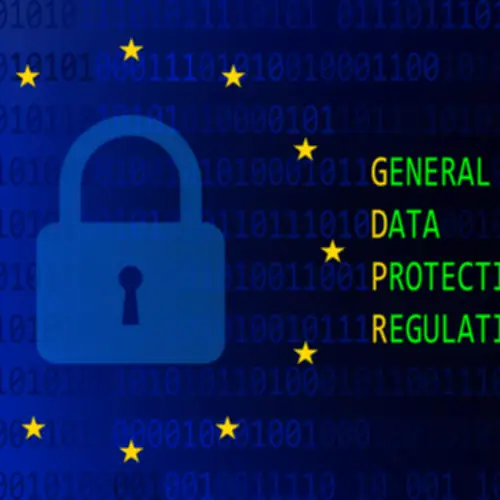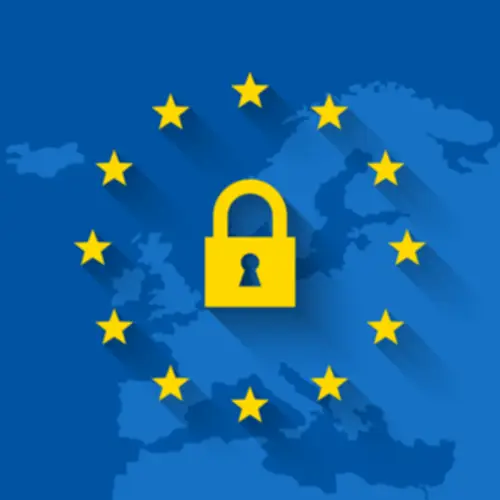Study more about how Vector EHS administration software may help you to conduct straightforward, correct risk assessments at present. By multiplying a hazard‘s likelihood and severity values, you possibly can calculate the acceptability stage of its danger. Lastly, it’s useful to look at case research of successful and failed risk administration strategies. A profitable strategy was the World Well Being Organization’s identification, evaluation, and management of the dangers introduced by the COVID-19 outbreak. A failed strategy was the danger management failures that led to the Deepwater Horizon oil spill in 2010. Strategic dangers are those who arise from external elements such as modifications available within the market, competitors, or technology.
Key Components Influencing Threat Level
- Moreover, risk administration just isn’t a one-time process but quite an ongoing effort that requires steady improvement.
- For some tasks, it turns into questionable whether or not this degree of granularity is basically needed.
- In cybersecurity, a danger level indicates the degree of potential harm from a risk, categorized as excessive, medium, or low.
- This permits organizations to take proactive measures to mitigate risks before they occur.
Conducting a Tier 2 threat assessment is vital to ensure the protection of people working without supervision and to stop potential financial costs related to office incidents, which may be important in pounds. One of the important thing challenges in managing operational dangers is the continually evolving nature of these dangers. As businesses grow and alter, new risks can emerge, and current risks can become extra advanced. It is important for businesses to regularly review and replace their risk management strategies to ensure they remain effective in mitigating potential dangers. This can involve conducting regular danger assessments, staying up-to-date with business developments and best practices, and fostering a culture of threat awareness and mitigation throughout the organization.
A hazard assigned as having an unlikely probability of occurring (probability score of 2) and minor severity (severity rating of 2) is a average risk with a risk score score of four. A semi-quantitative threat matrix is a helpful gizmo for this method, permitting you to rank or prioritize danger primarily based on its probability and severity. This method combines parts of both qualitative and quantitative danger assessment techniques, providing a middle-ground strategy that is easy to make use of and perceive. To do this, you need to assess exterior risk scores, that are assessments of something and every thing that might threaten your small business from outside the corporate. Inner risks typically go unaddressed as a result of mid-level administration is aware of the potential risks, however have trouble securing support from upper administration to place enough mitigation processes in place. For instance, a hazard with a high likelihood of occurring and a high potential influence would receive a better threat rating.
This also can assist prioritize hazards and management measures, and meet authorized requirements where relevant. Industry requirements and compliance are essential for businesses to ensure they’re working safely and securely. This is particularly true for organizations within the European Union, the place the Network and Info Safety Directive (NIS2) is setting new requirements for cybersecurity.
As Quickly As we’ve defined our score for ‘Impact’ and our score for ‘Likelihood’, we can plot our risks and give them a classification. For human subject analysis, COUHES (Committee on the Use of People as Experimental Subjects) makes the ultimate determination on the extent of risk. When paired with a novel private identifier, analysis or human subject data should be categorized at one degree higher than listed within the examples above. Whereas these examples are supposed to help in the classification process, the unique context of a specific dataset or use case could impact the general classification class. If doubtful as to the suitable classification category for a selected set of data, knowledge house owners ought to contact IS&T’s Data Security Workplace for help.
Strategies For Danger Evaluation
The basic qualitative method evaluates risk primarily based on the inherent characteristics of the hazard. An example of a qualitative danger matrix is proven in Desk 2, which shows the connection between likelihood and severity and how a risk rating could be determined. Dangers pose real-time threats, and you have got to have the flexibility to make knowledgeable selections to mitigate them quickly. Attempting to handle assessments utilizing paper and spreadsheets is unwieldy and limits participation. Using security administration software program (like Vector EHS!), you probably can frequently update and easily modify your risk matrix to satisfy your specific operational needs.

Understanding The Basics Of Danger Administration

When an oxygen tank exploded, the crew’s lives had been in peril, but NASA’s threat management plan allowed them to safely return to Earth. On the opposite hand, a failed threat administration technique was the shortage of oversight and regulation in the monetary trade that led to the 2008 international monetary crisis. Inner risks can include issues like worker errors, tools failures, or supply chain disruptions. These dangers may be mitigated by way of proper training, upkeep, and contingency planning. External dangers, however, can embrace things like adjustments in consumer conduct, natural disasters, or political instability. By following business requirements and compliance, companies can forestall accidents and sicknesses, especially when accomplished at the design or strategy planning stage.
Examples of monetary dangers embody credit threat, market danger, liquidity threat, and inflation danger. In cybersecurity, a risk stage signifies the degree of potential harm from a risk, categorized as excessive, medium, or low. Documentation Necessities are crucial to make certain you qa testing‘re assembly business standards and compliance. Using a threat matrix might help you visualize and prioritize dangers, making it simpler to develop efficient mitigation strategies. To determine the chance degree, you ought to use the 5×5 danger matrix, which plots the probability and impression of a danger on a grid. The danger level is decided by multiplying the chance value by the severity value.
This might help be certain that everybody understands their position in figuring out, assessing, and managing risks. It can also be important to determine a clear course of for reporting and escalating dangers, in order that potential issues can be addressed in a well timed https://www.globalcloudteam.com/ method. As a seasoned expert in the area of danger management, my extensive background and hands-on expertise uniquely place me to debate the intricate ideas surrounding enterprise risk assessment. The 4 high-level danger categories in danger management are strategic dangers, financial risks, operational dangers, and reputational dangers.
To use this matrix, you have to clearly define the parameters for assigning scores for severity and probability, so all team members perceive risk level definition the scoring standards. In this instance, a hazard with a medium severity ranking and a low probability rating could be categorized as a low risk. For easy or less complex conditions, an assessment can actually be a discussion or brainstorming session based mostly on information and expertise. To calculate a threat rating, you want to multiply the Danger Impact Rating by the Risk Chance.

In sum, danger degree is an important idea in assessing potential dangers and making informed choices across various disciplines. Understanding the nuances behind it allows individuals and organizations to navigate uncertainties extra effectively. Various tools and methods are utilized in risk administration, including risk assessment templates, threat management software, and decision-making frameworks. These might help businesses streamline their risk management processes and enhance overall danger management effectiveness.